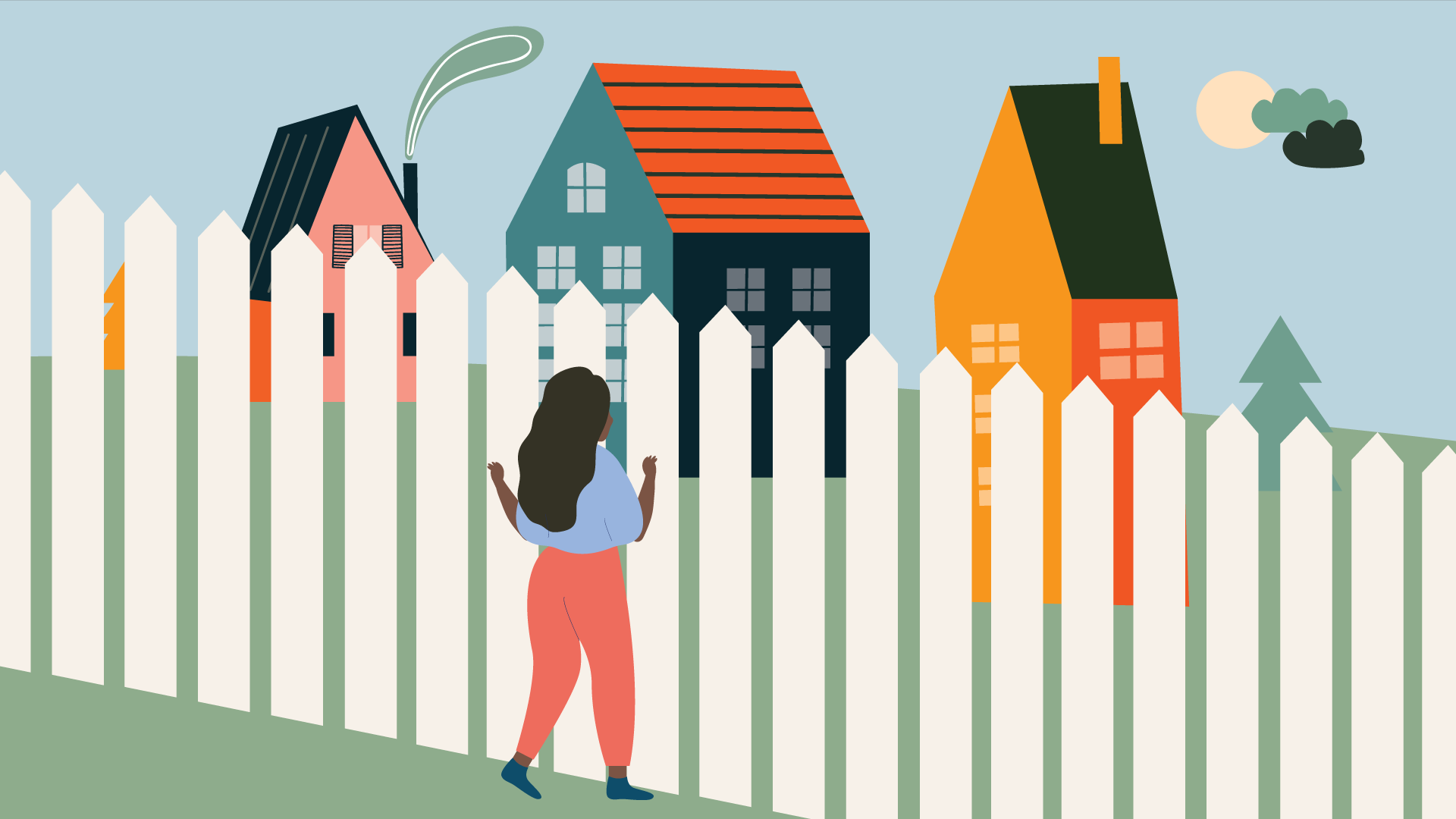- March 06, 2023
- By Maggie Haslam
Despite state programs to rectify housing wealth disparities, people of color living in Maryland face more hurdles borrowing money and building home value than white residents, according to a new report from the University of Maryland and a national housing equity nonprofit.
The report by UMD’s National Center for Smart Growth and Enterprise Community Partners was commissioned by the state Department of Housing and Community Development (DHCD) to assess housing data—such as appraisals, mortgage applications, loan data and refinancing rates—by race and census tract and gauge the impact of policy and investments in housing and infrastructure. It was shared this week with the Maryland General Assembly.
The report was a condition of a 2021 law that will establish new financial assistance to affordable housing developers working in low-income census tracts historically impacted by discriminatory policies and redlining.
“Maryland has been aggressive in creating programs to reverse a legacy of discrimination, segregation and redlining,” said Nicholas Finio, associate director of the National Center for Smart Growth and one of the report’s authors, “But our findings suggest that racial disparities in homeownership are alive and well in modern-day Maryland.”
While the report found no pattern of discriminatory or exclusionary practices in state investments, data analysis showed lower-than-average home values in rural areas and areas with a high percentage of minority residents, such as Baltimore, Prince George’s County, Southern and Western Maryland and the Eastern Shore. Areas where people of color comprise 80% or more of the population have even lower home values and have been much slower to recover from the Great Recession compared to majority-white areas. People of color also have more difficulty refinancing, borrowing money and accessing mortgage loans; in 2021, Black applicants were denied at twice the rate of white ones.
Most notably, the authors found that borrowers of color in Maryland are more likely to have their homes appraised below the contract price during sale or refinance processes and much less likely to have their homes appraised above the contract price. Buyers must cover the difference in cash; lenders often aren’t willing or able to lend money above a home’s appraised value.
“This is a huge challenge for mortgage finance and can restrict wealth-building through homeownership and sale of properties for people of color," said Finio. “But more than that, lower home values can also perpetuate a cycle of disinvestment, as they attract less private community investment and can reduce access to amenities.”
The standing of Maryland’s housing market, said Rachel Bogardus Drew of Enterprise Community Partners and contributor to the report, reflects a national trend built through a legacy of historic discrimination and segregation, perpetuated through public and private policies such as restrictive covenants and lax enforcement of state and federal fair housing laws.
“While overtly racist housing practices were outlawed decades ago, their impacts can still be seen today,” she said. “For example, using past sale prices for homes in formerly redlined communities as a benchmark for future sales bakes in a lower home value and sales price. This contributes to a cycle of low appraisals and diminished wealth-building in these areas, which is particularly harmful for Maryland’s homeowners who are people of color.”
The report also pointed to deeper, more complex issues influencing the racial wealth gap, including income inequality, difficulty saving for a down payment, poor credit scores and rising home prices. Rectifying these issues, said the report’s authors, will require efforts at the national and state levels.
Efforts by the DHCD to bolster community investment and build inroads to homeownership, the report states, are critical to addressing racial disparities in the housing market. Programs designed to support minority homeownership and community development are performing as intended; over 65% of funding from Maryland’s Mortgage Program, which is designed to help low-income, first-time homebuyers, has been funneled to minority borrowers.
Further investigation could determine whether borrowers are able to access assistance to buy in higher-income areas and offer additional insight into housing-related racial disparities and public investments. The passage of the 2021 legislation, said the authors, is another important step toward addressing the state’s housing inequalities.
“There’s no single program or policy that will fix this problem,” said Finio. “These racial biases have infiltrated all aspects of homeownership at a national level and without intervention will continue to widen the wealth gap experienced by people of color.”
